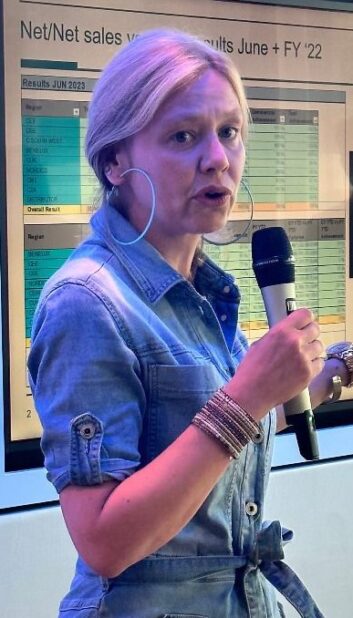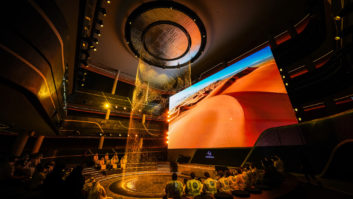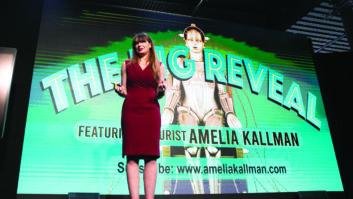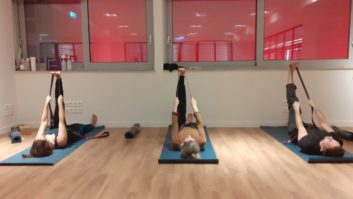 The great push of ‘return to office’ initiatives that took hold as the pandemic waned has now settled into the state we find ourselves in – something referred to as ‘hybrid permanence’. At the same time, hybrid workers have realised that certain video conferencing technologies that might have been adequate for smaller meeting rooms are completely wrong for larger, high-impact spaces.
The great push of ‘return to office’ initiatives that took hold as the pandemic waned has now settled into the state we find ourselves in – something referred to as ‘hybrid permanence’. At the same time, hybrid workers have realised that certain video conferencing technologies that might have been adequate for smaller meeting rooms are completely wrong for larger, high-impact spaces.
The simple fact of the matter is this: in executive boardrooms and similar spaces – where the length of the room often exceeds 15 feet – many cameras can’t capture clear, distinct images of those who are furthest away from the lens. If someone gets up to move about the room – perhaps called upon to join a presentation – they may be viewed in less-than-flatteringly, depending on cam placement.
There’s a need for creating what’s called “meeting equity” in these spaces, creating a videoconferencing experience in which everyone can see and be seen, hear and be heard, no matter their physical location. Virtual collaborators need to see those nonverbal cues, expressions, and gestures that in-person meeting attendees can access.
One excellent way of achieving that equity in high-impact spaces: multi-camera speaker tracking solutions that utilise optical zoom, driven by software that provides ‘visual AI’. By utilising smooth, AI-directed tracking and framing, these solutions can offer clear close-ups and multiple angles that create a superior, broadcast-quality video image for remote participants, with intuitive functionality and a premium look and feel for those in the room.
Since the solution is creating a broadcast-quality video connection that’s completely automated, in-person attendees never have to concern themselves with looking toward the camera. The ‘cuts’ between speakers mimic those you’d find in any film or TV program – they’re quick and clean and eliminate constant camera movements. The best systems include settings that can follow the natural flow of a conversation, cutting between current and previous speakers, allowing remote attendees to see non-verbal cues from each.
OPTICAL ZOOM
For those larger, high-impact spaces, it’s also essential to specify cameras that rely on optical as opposed to digital zoom to bring the remote viewer a close-up of a contributor. Optical zoom occurs within the physical lens of a camera, while digital zoom ‘blows up’ and crops an image in close-up. That digital zoom process reduces the pixel density of an image, rendering it less clear – an issue if the distance between subject and camera increases.
As the clarity of an image diminishes, gestures, expressions, and all the other nonverbal clues critical to maintaining engagement become compromised. When remote meeting attendees can’t see their colleagues properly, meeting fatigue sets in, impacting on productivity.
By deploying the right camera solution – with the appropriate software driving those cameras, you’ll achieve the optimum result for those high-impact spaces: A natural experience for every attendee, both remote and in-person.







